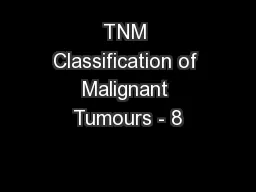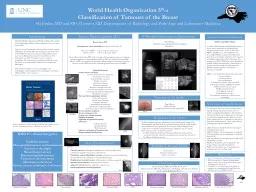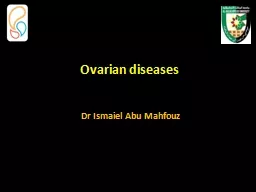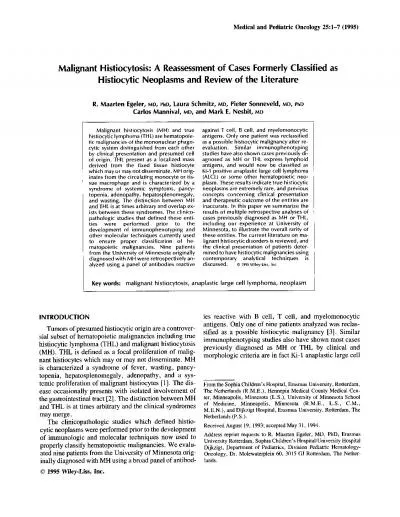PPT-TNM Classification of Malignant Tumours - 8
Author : mitsue-stanley | Published Date : 2018-11-03
th edition Changes between the 7 th and 8 th editions We unite the cancer community to reduce the global cancer burden to promote greater equity and to integrate
Presentation Embed Code
Download Presentation
Download Presentation The PPT/PDF document "TNM Classification of Malignant Tumours ..." is the property of its rightful owner. Permission is granted to download and print the materials on this website for personal, non-commercial use only, and to display it on your personal computer provided you do not modify the materials and that you retain all copyright notices contained in the materials. By downloading content from our website, you accept the terms of this agreement.
TNM Classification of Malignant Tumours - 8: Transcript
Download Rules Of Document
"TNM Classification of Malignant Tumours - 8"The content belongs to its owner. You may download and print it for personal use, without modification, and keep all copyright notices. By downloading, you agree to these terms.
Related Documents














